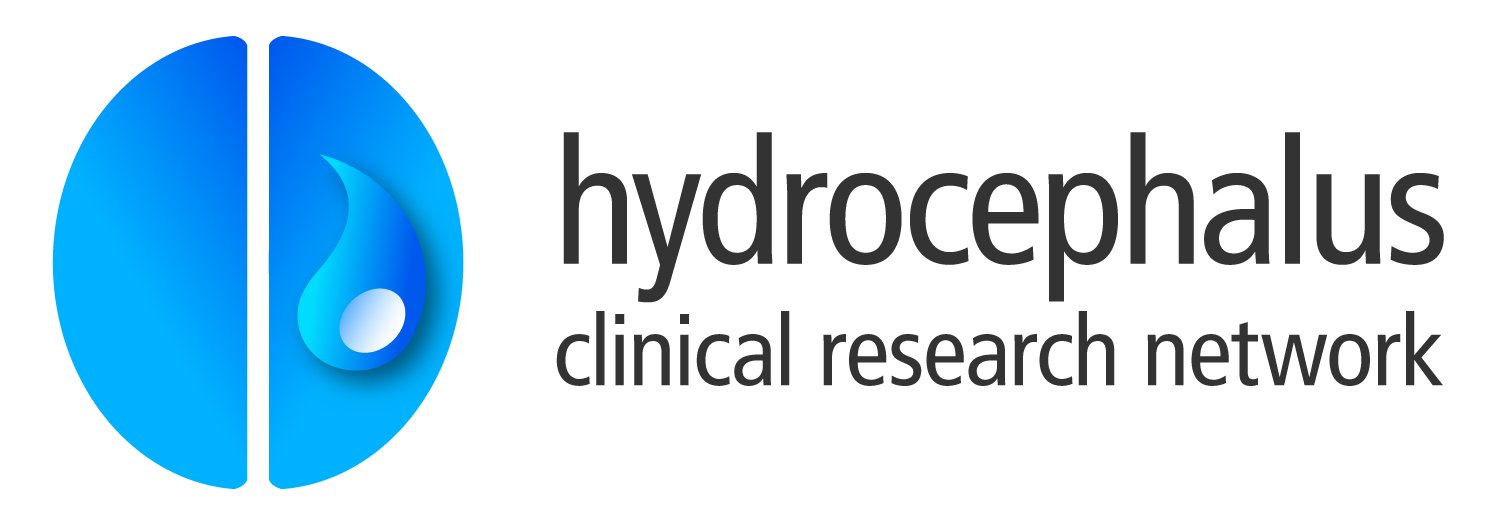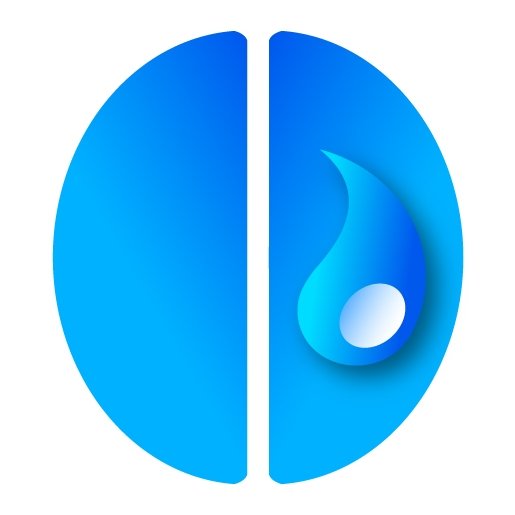Endoscopic versus Shunt Treatment of Hydrocephalus in Infants (ESTHI)
Number of patients currently enrolled
:
125
----
Number of patients currently enrolled : 125 ----
The National Institute of Neurological Disorders and Stroke of the U.S. National Institutes of Health (NINDS-NIH) announced on September 11, 2019 the funding of a new Hydrocephalus Clinical Research Network (HCRN) randomized control trial titled Endoscopic versus Shunt Treatment of Hydrocephalus in Infants (ESTHI). For the past several years the HCRN, through its collaborative research, has been building the necessary framework for this trial. The primary goal is to assess and compare the cognitive outcomes in infants with hydrocephalus after placement of a shunt or after endoscopic third ventriculostomy with choroid plexus cauterization (ETV+CPC).
Hydrocephalus occurs when excess cerebrospinal fluid (CSF) builds up in the ventricles of the brain. This can lead to problems in normal growth and development. The majority of children with newly diagnosed hydrocephalus are infants less than 2 years of age.
A common treatment of hydrocephalus is placement of a shunt. A shunt is a small silastic tube that is placed through incisions on the scalp and abdomen. The tube goes into the ventricles of the brain where the extra fluid is built up and runs under the skin to the abdomen. The tube allows the excess fluid to drain into the abdomen where it is absorbed back into the body. This is the most common way to treat hydrocephalus and has been in use for many years.
Another treatment for hydrocephalus is endoscopic third ventriculostomy with choroid plexus cauterization (ETV+CPC). There are two parts to this surgery. The first part is ETV, where a small camera is inserted into the brain, allowing the surgeon to see inside the ventricles. A hole is then made in the floor of the third ventricle, allowing CSF to flow out. The second part of the surgery is CPC. The choroid plexus produces CSF. CPC is a procedure that reduces the amount of choroid plexus tissue, therefore reducing the production of CSF. Combining ETV with CPC (ETV+CPC) has been in use in North America for about 10 years.
Surgeons have to decide which of these procedures to use when treating infants with hydrocephalus. Currently, there is no clear evidence that one procedure is superior to the other. Both procedures can fail, requiring repeat surgeries. The chance of the procedure failing early is higher with ETV+CPC compared to shunt, but the chance of the procedure failing later might be less with ETV+CPC compared to shunt. Shunts drain more CSF, usually resulting in ventricles that are smaller compared to ETV+CPC. Medical specialists do not know, however, if this makes a difference to brain function.
Both procedures are commonly used by pediatric neurosurgeons. It is unclear whether one procedure or the other has a better long-term outcome; they may be the same. This trial is being conducted to determine if there is a difference between shunt and ETV+CPC on brain function.
Why is this research being done?
Sometimes, because pediatric neurosurgeons don’t know which way of treating patients is best, comparisons need to be made. The best way to make a fair comparison is to do a randomized trial. In a randomized trial, enrolled patients have a 50/50 chance (similar to the flip of a coin) of having an ETV+CPC or a shunt placed to treat their hydrocephalus.
Why is a randomized
trial needed?
Children invited to participate in this trial must be 24 months of age (corrected) or under and require surgery for hydrocephalus. Patients must also be able to have either a shunt or ETV+CPC, based on their pre-operative magnetic resonance image (MRI).
Who is eligible to participate in this study?
Patients are usually in the hospital for one to two days after surgery for hydrocephalus, but other issues and complications can keep them in the hospital longer. The surgeons don’t anticipate complications arising as a result of the trial, but enrolled patients will be closely watched while in the hospital and data will be collected to document the hospitalization and events that occur up to the time of discharge.During hydrocephalus surgery, as per usual care, some CSF from the brain is drained and at the end of the surgery it is discarded. For patients who choose to participate, instead of discarding the fluid, a small sample will be kept and sent to a CSF Repository at Washington University in St. Louis, Missouri. There, research clinicians will test the CSF for specific proteins that may help the trial physicians learn more about hydrocephalus or brain function. Any CSF sample collected for this research trial will not undergo genetic analysis. This means the researchers have no plans to look at or try to read the protein information that makes up a participating child’s genes (DNA) in the sample.Neurocognitive Testing:
The main question the ESTHI trial is trying to answer is whether there is a difference between ETV+CPC and shunt in terms of patients’ brain function later on. In order to measure this, participating children will have neurocognitive testing before (or shortly after) surgery, and 12 months later. In addition, in order to determine if there are any longer-term differences, the testing will be done again when the enrolled children are 3 and 5 years old. The time needed to conduct neurocognitive testing can vary from patient to patient, but is expected to take anywhere from 1 to 2 hours.Questionnaires:
The parents of enrolled children will be asked to complete a brief survey to inform the researchers of their child’s progress. The questions in the survey vary based on the child’s age. Surveys will be completed around the time of surgery, 1 year after surgery and at 3 and 5 years of age. This questionnaire will take about 40 to 50 minutes to complete. For patients participating in this trial, funds will be provided to the family following the completion of the neurocognitive tests and questionnaires.Monitoring and Follow-up:
Participating patients will have data collected indicating how well they are doing at their regular follow-up visits. All patients will be followed as per the routine recommendations of their surgeon. In general, patients have their first follow-up visit within 12 weeks of surgery and then visits at least yearly (some surgeons may prefer to see patients more often). We will follow and collect follow-up information on all children who participate in the trial until the trial ends. Enrolled patients will be followed for at least 12 months. During the course of the trial the parents of enrolled children will be contacted occasionally to keep in touch, help schedule neurocognitive testing, and make sure their phone number and any back-up contact information is current.Surgical Procedure:
The medical preparation that patients being treated for hydrocephalus will undergo prior to surgery (e.g. doctor evaluations, laboratory tests, imaging) is the same whether they are participating in the trial or not. For those patients enrolled in the trial, the decision to perform a shunt or ETV+CPC surgery will be made through a computer-generated randomization program (similar to flipping a coin) after the child is in the operating room. Both of these surgical procedures are commonly performed by pediatric neurosurgeons; neither one is experimental, and the neurosurgeon is experienced in doing both procedures.Imaging:
Patients undergoing treatment for hydrocephalus will receive imaging such as MRI, computerized tomography (CT), or ultrasound as a normal part of their care, whether it is decided they will participate in the trial or not. As part of current practice, an imaging study of the brain is usually done within 3 months of shunt surgery to check the status of the shunt or ETV+CPC and to re-evaluate the size of the ventricles. Additional imaging, typically MRI, is done at 12-months post-surgery and around 3 and 5 years of age. The MRIs for enrolled patients will include diffusion (dMRI). This type of imaging is used to see if the parts of the brain which relay information (white matter) appear normal or have damage. Many hospitals include diffusion as part of a routine MRI. However, for the trial, if diffusion is not routine it will be included on the scans obtained at 12 months after surgery, and 3 and 5 years of age, adding 1 to 2 minutes to the usual MRI length. Images will be sent to specialists at Penn State University and Washington University who will measure the size of the ventricles and brain tissue.What should participants expect after enrollment?
Should an enrolled child’s shunt or ETV+CPC stop working, or should they have any other problems, they will receive the same medical treatment they would if they were not participating in the trial. The trial team will collect data about what happened, including data about the hospitalization, imaging, and surgery required to repair or replace it. If another surgery is required, the trial team will again collect a small sample of CSF, which is normally discarded, at the time of surgery. This small sample will also be shipped to the CSF Repository at Washington University for evaluation.The trial data will be sent to the data coordinating center at the University of Utah. Great care will be taken by all research staff to prevent the personal information of participating patients from being accessed by unauthorized individuals. In addition to the established physical and electronic security safeguards that are in place, the identify of children participating in this research will be indicated by a case number rather than by name. Participating children will not be identified by name in any publication of the research results.Are you a parent of a child with hydrocephalus and are interesting in participating in the ESTHI Trial at one of our HCRN centers? Please take a look at this information sheet!As described on their website ninds.nih.gov: The National Institute of Neurological Disorders and Stroke is an Institute within the National Institutes of Health. The NIH supports researchers who seek fundamental knowledge about the brain and nervous system to reduce the burden of neurological disease, discover treatments, and improve the lives of the public. The NINDS is funding the study and will be collaborating with the HCRN throughout all phases of the ESTHI trial.







